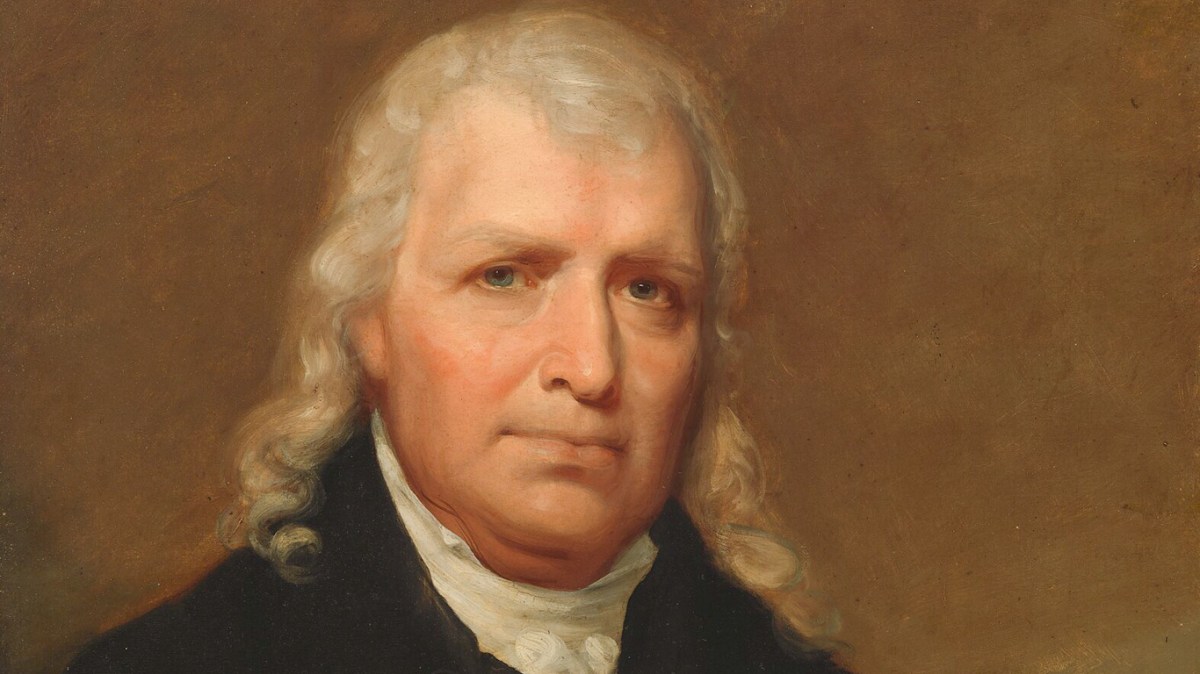Rep. Alexandria Ocasio-Cortez (D-NY) is making waves after introducing articles of impeachment against Supreme Court Justices Clarence Thomas and Samuel Alito.
In AOC’s eyes, there’s a full-blown “corruption crisis” brewing at the highest court in the land. Specifically, Justice Thomas has faced scrutiny for failing to disclose “gifts,” and for his wife Ginni’s political activism, including her alleged role in efforts to overturn the 2020 election (not to mention his past sexual harassment scandal, and how his fate was confirmed by nail-bitingly narrow 52-48 vote in the Senate). In recent years, the Supreme Court as a whole has faced accusations of increasing politicization and a lack of transparency. From controversial rulings on abortion and voting rights to questions about potential conflicts of interest, faith in the impartiality of the nation’s highest court appears to be eroding.
Interestingly, while impeaching a sitting Supreme Court justice may seem like a radical step, it’s not completely unprecedented. In fact, one justice has faced impeachment in the past: Samuel Chase, way back in 1805.
Justice Chase was often controversial
Samuel Chase was appointed to the Supreme Court by President George Washington in 1796. Before his appointment, he had been a prominent patriot in Maryland, known for his fiery rhetoric and strong support for the Revolutionary cause. Chase was also involved in state-level politics, and had developed a reputation for being outspoken and at times, abrasive.
The impeachment of Samuel Chase was not due to criminal actions, but was instead deeply rooted in the political tensions of the time, particularly between the Federalist Party, to which Chase belonged, and the Democratic-Republican Party, led by Thomas Jefferson. Chase’s actions on the bench raised significant controversy. He was accused of allowing his Federalist political leanings to influence his judicial decisions. Specifically, he was criticized for his conduct during trials under the Alien and Sedition Acts—a series of laws passed by the Federalist-controlled Congress, which were used to suppress dissent against the federal government.
In 1804, the U.S. House of Representatives, controlled by the Democratic-Republicans, voted to impeach Chase, citing instances of his supposed political bias and arbitrary rulings. The articles of impeachment brought against him included charges of refusing to dismiss biased jurors, and of excluding or limiting defense witnesses in politically sensitive cases.
The impeachment trial took place in the Senate in 1805. During the trial, Chase defended his actions, arguing that while he may have been politically outspoken, he did not let his views affect his judicial decisions beyond the norms of the day. His defense also contended that impeaching a judge for political bias would set a dangerous precedent, potentially undermining the independence of the judiciary.
The Senate, after hearing the evidence and arguments, acquitted Chase on all counts. He needed a two-thirds majority for a conviction, but this was not achieved on any of the charges. Since then, impeachment has been an empty threat for misbehaving justices. Despite occasional outcries, no one has come close to being removed from the bench. So while AOC’s impeachment articles against Thomas and Alito are generating plenty of headlines and Twitter chatter, history suggests they’re unlikely to go anywhere.
With public trust in the court at record lows, maybe it’s time for the Justices to take a hard look in the mirror and ask themselves if they’re truly living up to their oath to administer impartial justice. Or at the very least, maybe skip the next fishing trip with a billionaire donor.

